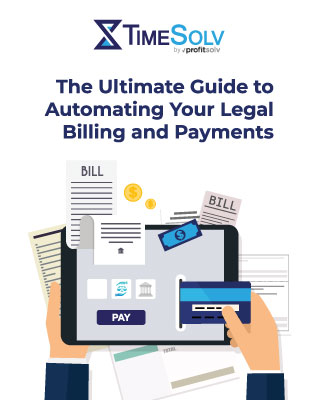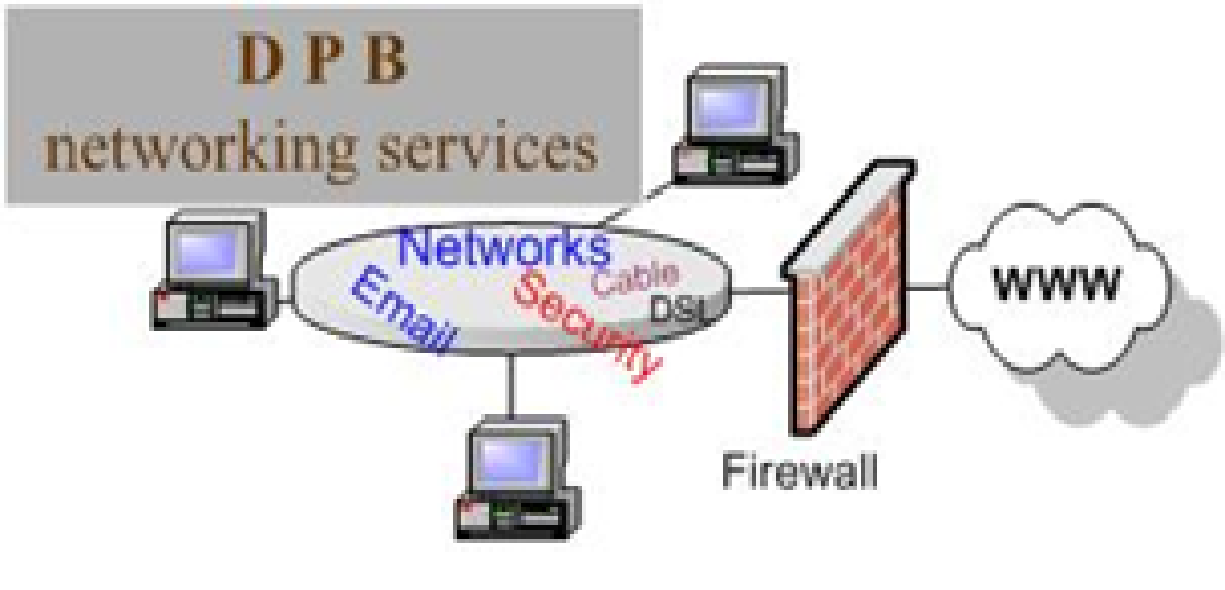Trust account reconciliation allows your law firm to remain compliant with regulatory guidelines while also promoting transparency. However, even accidental or minor fund mismanagement issues can tarnish your reputation and erode client trust.
Despite the undeniable importance of trust account reconciliation, many firms struggle to moderate their accounts accurately and on time, an issue that is often due to an overreliance on manual processes, lack of proper tools, and inefficient workflows.
The following information will outline how your firm can simplify the reconciliation process with a combination of modern software and established best practices.
What Is Trust Account Reconciliation?
At its core, trust account reconciliation is the process of comparing a law firm’s trust account record with other financial statements to ensure accuracy and compliance. It is common practice to hold client funds separately from the firm’s operational accounts. Holding client funds in separate trust accounts avoids the commingling of funds and prevents any allegations of misappropriation.
Specifically, trust accounting involves tracking the following:
- Client deposits
- Withdrawals
- Interest-bearing accounts
These funds and accounts are often subject to regulations by two frameworks: Interest on Lawyers’ Trust Accounts (IOLTA) and Interest on Lawyers’ Accounts (IOLA). It is vital to determine which framework applies to your law firm and follow the reconciliation procedures established by that set of regulations. Violating any of them could expose your firm to fines or similar penalties.
Why Your Law Firm Must Master Trust Account Reconciliation
Trust account reconciliation is critical for your law firm because it enables you and your team to do the following:
Stay Compliant
The ways in which you handle client funds and where you deposit them are closely monitored by state regulators. Failing to adhere to state and federal regulations can lead to fines or disciplinary actions. Therefore, you need to know the trust accounting rules for your jurisdiction.
For instance, New York requires attorneys who handle client funds to maintain an IOLA account. However, attorneys in California are required to manage client funds in an IOLTA profile. Similarly, Florida has an Interest on Trust Accounts (IOTA) program, which uses the interest earned on the accounts to generate revenue for the state’s legal aid fund. Trust account reconciliation ensures that you are compliant with the framework and program used in your state, thereby reducing your risk of fines or other penalties.
Validate Data
Accounting accuracy is the most critical component of trust account management. Reconciliation helps verify the accuracy of financial records and validates the data in your ledgers.
Even seemingly small discrepancies like clerical errors can compromise financial integrity. Regular trust account reconciliation ensures that all transactions are accounted for and match client balances.
Maintain Client Trust
Clients entrust their funds to your practice with the expectation that they will be managed responsibly. Commingling of funds can compromise this trust.
Reconciliation practices and proactive trust management help you prevent and remedy commingling issues before they negatively impact client trust. Be transparent so that you can justify your billing practices and showcase the value you deliver to your clients.
Detect Fraud or Misappropriation
Trust account reconciliation is an essential tool for identifying fraudulent activity. You can use reconciliations to detect unauthorized withdrawals, and other discrepancies in records may indicate misappropriation of client funds or accounting errors. The sooner you find these issues, the easier it is to correct the disparities and protect your clients’ funds.
Explore Trust Accounting in Our Comprehensive Guide
Discover common trust accounting mistakes and essential best practices in the trust accounting guide from TimeSolv. Our free resource helps you prevent and overcome common trust accounting mistakes so you can promote transparency.
What Is Three-Way Trust Account Reconciliation?
Three-way reconciliation represents the most reliable and comprehensive way to reconcile trust accounts. Unlike two-way or bank reconciliation practices, which only compare two sets of records, three-way trust account reconciliation is more thorough, comparing three different balances:
- Bank Statement: The balance recorded on the bank’s records
- Client Ledger: The total amount in a client’s trust account
- Firm’s Book: The firm’s internal financial records of that trust account
A properly executed three-way reconciliation ensures that all three of these records match, thereby affirming your accuracy and compliance.
Step-by-Step Guide to Performing Three-Way Trust Account Reconciliation
To perform three-way trust reconciliation, you’ll need to complete the following steps:
Gather the Right Documents
Your first course of action involves obtaining the following documents:
- Bank statements
- General ledger records
- Individual client ledgers
- Deposit slips and withdrawal records
You must confirm that all of these cover the same period (for instance, the last 90 days) to ensure that there aren’t any gaps in the reconciliation process.
Reconcile the Bank Statement with the General Ledger
Next, you must compare your law firm’s general ledger with the bank statement, taking care to check for the following:
- Unrecorded transactions
- Bank fees or errors
- Timing differences in deposits or withdrawals
Hopefully, the two records will match, but in the event that you do identify a discrepancy, review your transaction history and dig deeper into the bank records to find out what error occurred. Make a note of the date, time, and amount of any missing transactions or suspicious transfers.
Reconcile the General Ledger with Client Ledgers
Following your work with the bank statement, compare your general ledger with the individual client ledgers. Common issues that you may discover include the following:
- Incorrectly allocated funds
- Missing entries
- Mathematical errors
Usually, discrepancies between your general ledger and the client ledger can be linked to a simple clerical or mathematical error. Nevertheless, it’s still important to thoroughly investigate any discrepancies.
Reconcile the Client Ledgers with the Bank Statement
Finally, ensure that client balances match the bank’s records. If inconsistencies appear, recheck the deposit and withdrawal records to confirm that everything is entered correctly.
Document Your Reconciliation Process
Make sure that you thoroughly document each step of the reconciliation process. Your notes should include the following information:
- Date and period covered
- Discrepancies and resolutions
- Supporting documentation
Proper documentation provides an audit trail, a tool for demonstrating your value to your clients and protecting your reputation if any concerns arise.
Best Practices for Streamlining Trust Account Reconciliation
To facilitate effective trust accounting reconciliation, your law firm should implement these best practices:
Establish Sound Processes
Create clear policies so that everyone at your firm knows how to receive and deposit client funds in trust accounts. You should also designate a team to handle reconciliations and make sure that the reconciliation process includes redundancies so that errors don’t slip by.
Be Consistent
Performing reconciliations on a recurring basis helps catch discrepancies sooner, which, in turn, prevents financial mismanagement. Find out what the jurisdictional requirements are in your area and use those to set your reconciliation schedule.
At the very least, you should be reconciling trust accounts at least once per month, but if you are dealing with very active trust accounts with lots of transactions, more frequent reconciliations may be necessary. It’s better to perform frequent reconciliations than run the risk of a major accounting error going undetected for months.
Use Automation Technologies
Manual reconciliation is time-consuming and prone to errors. Automated solutions expedite trust account reconciliation while drastically reducing the likelihood of manual accounting errors.
TimeSolv, for instance, automates trust accounting and helps prevent human errors so that you can promote transparency and client trust. It’s a user-friendly platform that seamlessly integrates into your existing workflows, complete with an intuitive interface to minimize the learning curve for your team and many other law firm accounting features designed to promote the financial health of your practice.
Modernize Your Trust Account Management Workflows With TimeSolv
TimeSolv includes all of the tools you need to reconcile trust accounts and achieve compliance. It assists with everything from data entry to error detection. Thanks to its seamless integrations, you can eliminate financial blind spots and position your firm as a trustworthy and reputable practice. The platform also syncs with QuickBooks and other popular accounting tools to provide a holistic look into your finances.
Don’t rely on manual reconciliation processes that bog down your team and leave the door open for errors — modernize your trust account reconciliation workflows today with TimeSolv.
More useful posts:
7 Ways to Improve Your Law Firm Profitability with Zero AR & More Billable Time
ZERO AR: How to Achieve ZERO Accounts Receivable with TimeSolv and Batch Client Payments
Is Your Legal Billing System’s Invoice Reconciliation Broken? Here’s How to Fix It















